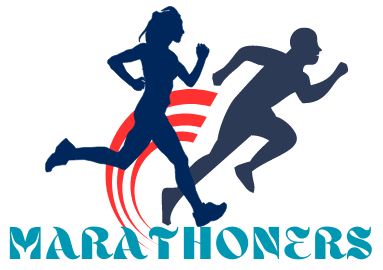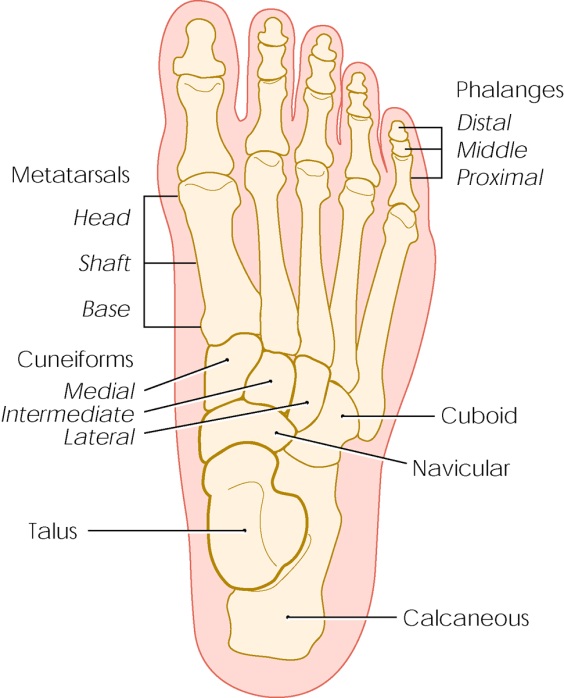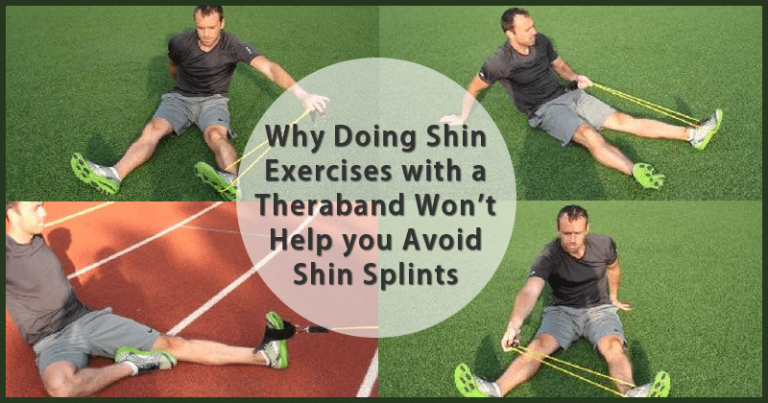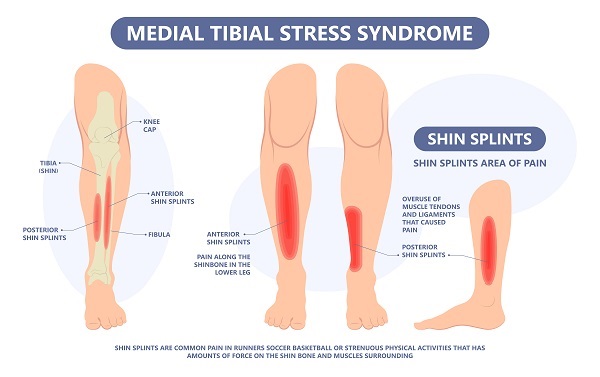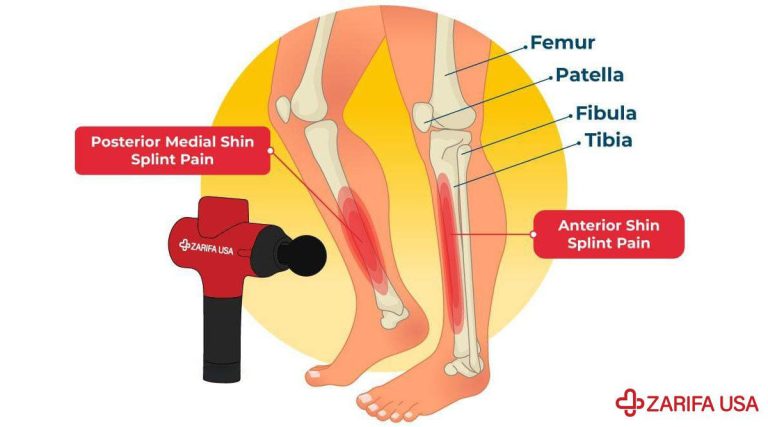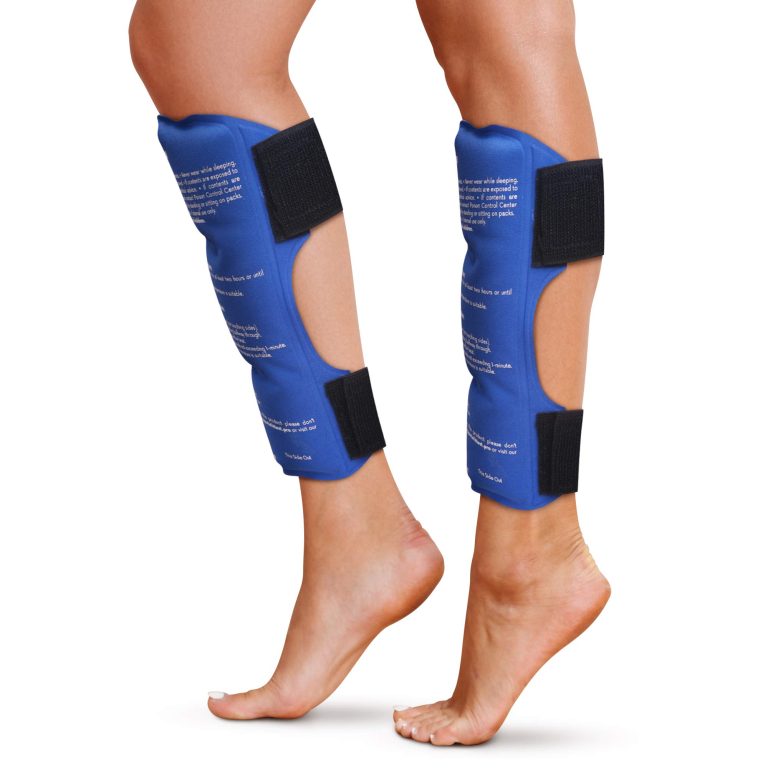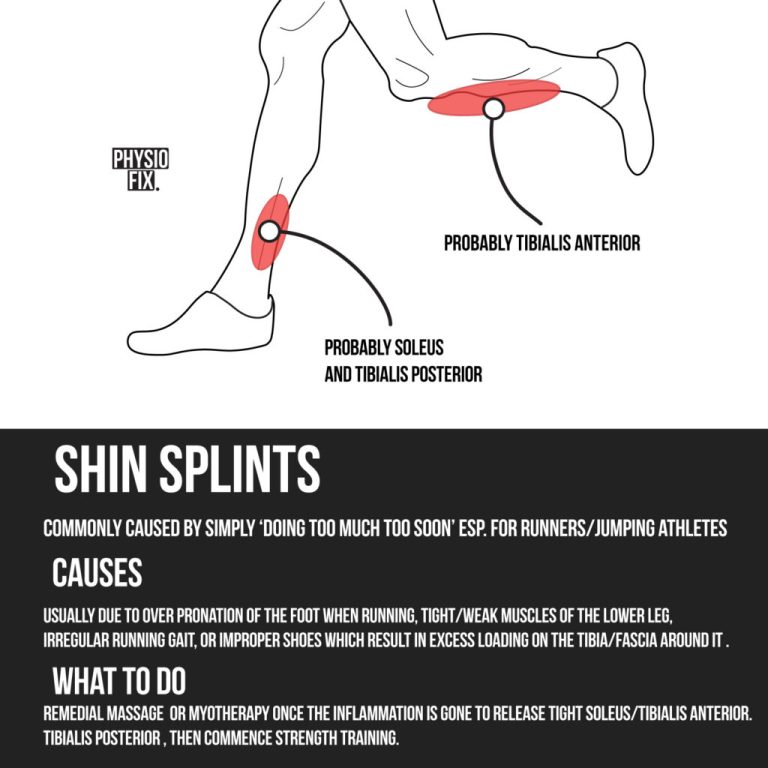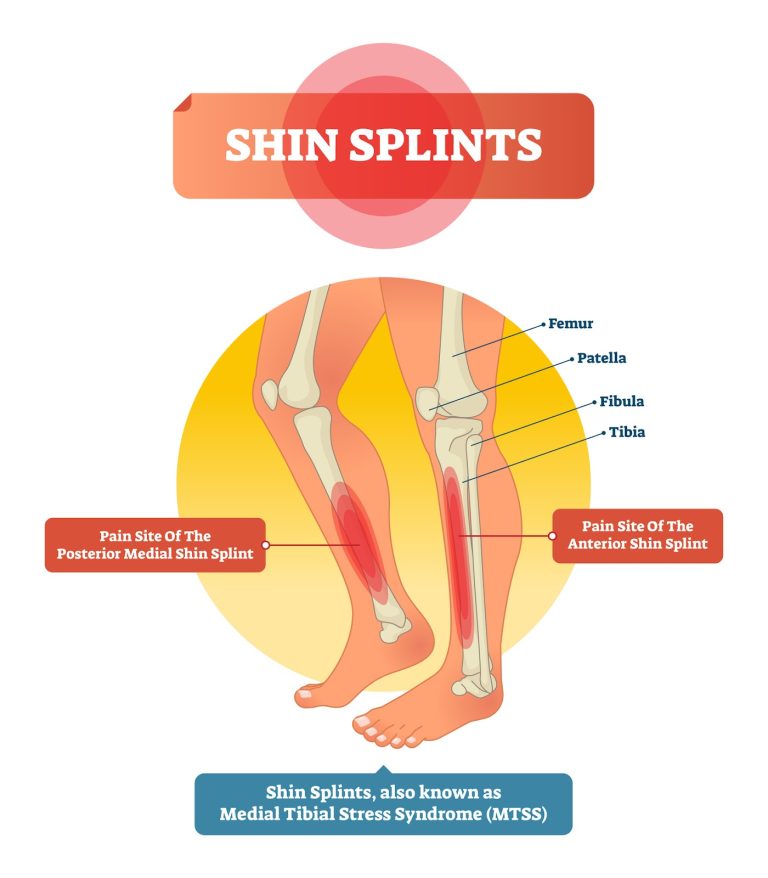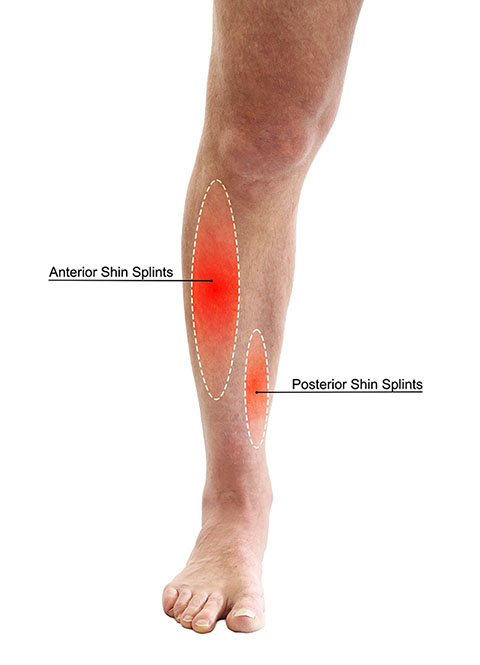What is the Most Common Cause of a Stress Fracture? Unveiling the Culprit
A stress fracture usually occurs due to repetitive force or overuse. Athletes and individuals who engage in high-impact activities are often at risk. Stress fractures are tiny cracks in a bone. They typically result from repetitive stress rather than a single, sudden injury. Common in sports, these fractures can happen to anyone who increases their…
